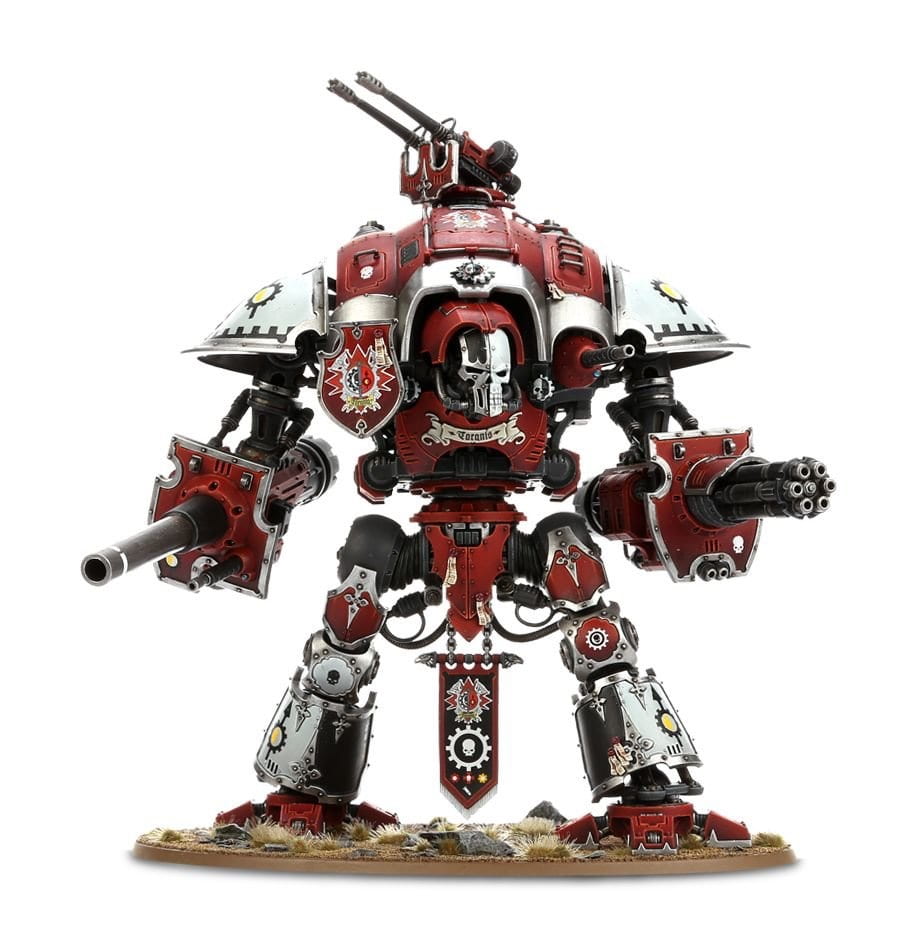Continuity and Change in Warhammer 40,000
Hello and welcome back to another weekly blog post, in this post I am going to be looking at continuity and change yet again, this time in Warhammer 40,000.
I got the idea from an activity in class, where we had to make a keynote on our podcast episode topic in the 1950s vs today. As you know, mine is wargaming/Warhammer, and I decided to cover wargaming as a whole for my keynote. I won’t go over the whole thing, as there is a lot, but I will link the keynote below if you want to check it out.
Before I start with Warhammer 40,000, I should point out I am only looking at general changes, as going into every change to the rules would take years. But without further ado, let’s get right into it.
The origins of Warhammer 40,000 actually come before it was even considered a “Warhammer” game. Games Workshop, a British game company, released a game called Rogue Trader in 1987, four years after their hit game Warhammer Fantasy. Rogue Trader was a miniature wargame, but it was similar to Dungeons and Dragons in that there was a third player (“The Game Master”) that was a part of the game. The game used metal miniatures to represent the wacky characters.

The game got a second edition in 1993, this time renamed as “Warhammer 40,000”. It made some big changes, like getting rid of the game master, and becoming a more traditional miniature wargame. It also got plastic miniatures this time, and this was the point where the game became more about armies than individual characters like the previous edition.

3rd edition arrived 1998, bringing in some more major changes. The scale of the game was increased, making it easier for players to field larger armies. The story was also changed to a more serious “Grimdark” setting, in a galaxy without hope. This gave Warhammer 40,000 a different appeal from other games, and helped cement it as it’s own unique setting. This also marked the end of drastic changes to the game each edition, and the next two editions were just small updates to streamline the rules, as well as providing new miniatures.

There weren’t any major changes until 6th edition in 2012, which changed several major rules, and added a few new ones. 7th edition continued with this, and also increased the scale of the game with larger miniatures to use in game.

8th edition came soon after 7th in 2017, and it had more changes in store. 7th edition, while increasing the scale of the game, had become a bit bloated with the sheer amount of rules it had, and 8th edition focused on streamlining everything to a more playable level. 9th edition released recently, and is pretty similar to 8th, focusing on streamlining the game, and shorter play times have probably been the biggest change so far. Also, there are more miniatures being released than ever before, and the quality of some of these models is astounding.

But along with the miniatures, there are a few things not specific to any of the editions that have been changing as well. One of these is the target audience, as Games Workshop has picked up on the fact that its not only nerds who buy their games nowadays. They have been targeting younger audiences for quite a long time now, with commercials, or more recently, books. Who knew children would love stories about endless death and suffering in the far future?

The streamlining of rules as well as easy to build model kits may have also partially targeted kids, although those have been more for new hobbyists as a whole. This attention to newcomers is actually part of another big change, as Games Workshop used to be infamous for not communicating with their players. But nowadays, they are more connected to the community they have created and post articles daily about things to come on the Warhammer Community site.
Now, that is a lot of changes that have happened in the last 34 years of Warhammer 40,000, but what stayed the same? Well, after researching and writing this post, I have to say pretty much nothing. Maybe the only thing that has stayed the same (and hopefully will stay the same), is the idea of my guys fighting your guys, and having fun.

That’s about it for this blog post, I’ll be doing more weekly posts in the future, so remember to stay tuned,